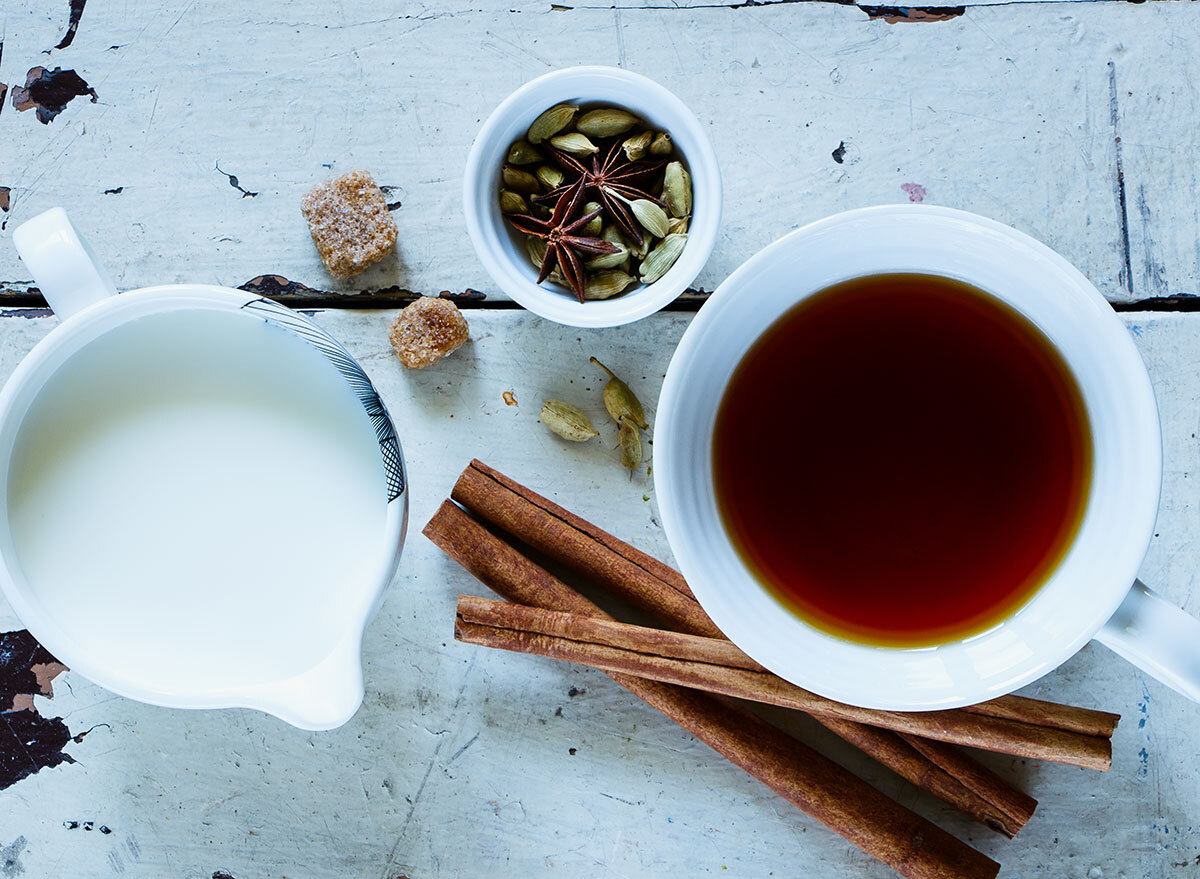Making Tempeh at home: Success is not easy
Thanks to the trend of sharing vegetarianism from Tiktok, Tempeh (mutual compression) is gradually being loved in Vietnam and many "kitchen" made at home. However, this new dish is challenging many people who love the kitchen because it is not easy to get a successful tempeh.
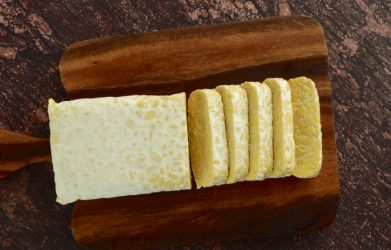
Tempeh is a popular dish from Indonesia in the world. This dish is produced from boiled soy fermentation for a certain time with Rhizopus mold.
Considered to be a perfect "protein", Tempeh contains protein, rich fiber and 9 types of amino acids, so it can be used to replace animal protein in the vegetarian diet.
Recently, when the vegetarian trend was popular on Tiktok, some women started learning how to make tempeh at home. However, many people do not know that the Tempeh bean cake they are dedicated to preparing may not achieve the desired results.
1.Tempeh is too limp
If the tempeh bean block is made at your home, but still has the softness and supple, the women have successfully conquered the "difficult" dish when working at this home. However, if your tempeh bean block is soft, you have to go to the kitchen again. In order for Tempeh, there will be no moisture, before fermentation, pay attention to the drained boiled beans, the Tempeh Making tools also need to be dry. When wrapping beans with zip bags or plastic bags, pierced with sufficient holes to escape steam for Tempeh. In addition, beans should not be incubated for too hot temperatures. Tempeh incubation temperature usually ranges from 30 - 38 degrees Celsius, the incubation period is about 24 - 48 hours.
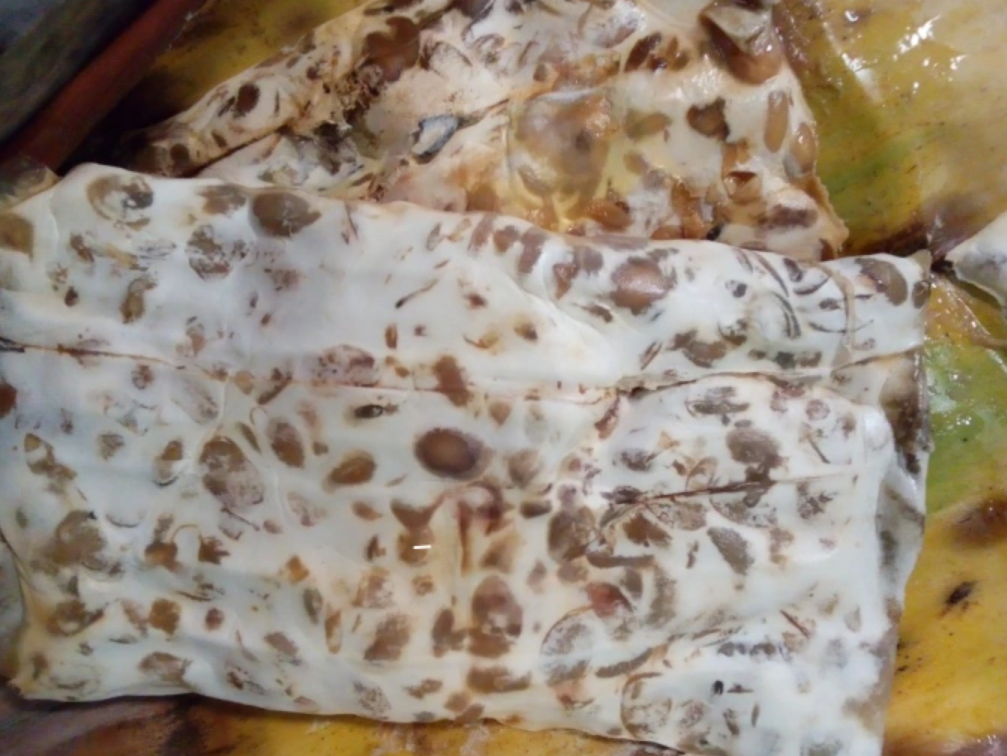
2.Tempeh without adhesive
When Tempeh did not stick into a solid cake, success did not come to the women who love the kitchen. The reason may be due to the use of yeast to make Tempeh too little or using expired yeast, so it does not produce enough mold and "standard" for the fermentation process. In addition, the fermentation mixing is uneven, the fermentation time is too short and the temperature during the fermentation is too low, causing the finished beans to not be thick.
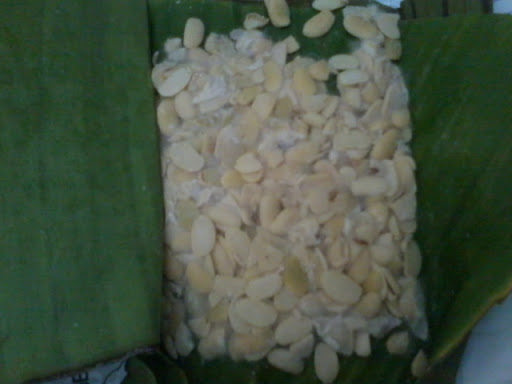
3.Tempeh appears black spots
The black spots that appear on the tempeh surface are due to the amount of external oxygen exposed to the beans while being incubated. Therefore, carefully shielding the bean block, not that the tempeh does not contact the air to overcome this. In addition, the black spots on the face of Tempeh may also appear due to the fermentation process for too long or due to the high composting temperature.
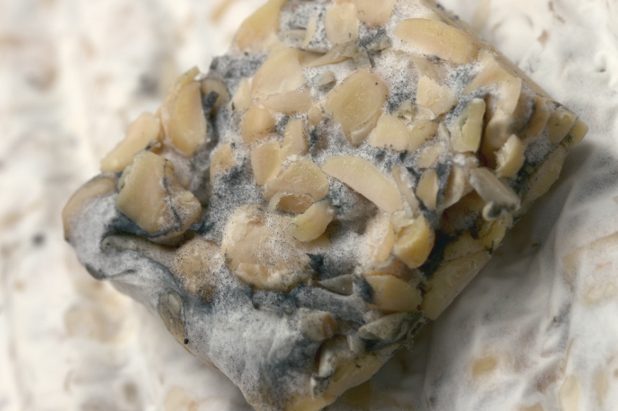
4.Tempeh smells of ammonia or alcohol
Typically, fresh Tempeh has the same smell of bread or biscuits, and the scent of beans and a slightly flavored taste. However, when the water content in beans is high, the fermentation time exceeds the standard or the fermentation temperature is too high and the infection due to the unclean cooking device can make Tempeh smell unpleasant like the smell of alcohol or ammonia. This is also known as a rotorhhhhhhhhhhhe and you should throw away.
5. Tempeh cracked, fungal does not cover well Tempeh
A standard tempeh cake will have a white spore layer covering the bean block, forming a concentrated mass. Therefore, if the tempeh is cracked and the mycelium does not cover the entire surface, you need to pay attention to the process of mixing yeast and soy. When the yeast is not mixed well, the mushroom spores will develop unevenly to bind all the beans. In addition, when the cage temperature is uneven, too breathable, it is difficult to grow, making it easy to fail.
6. Tempeh is poisonous
When you make a tempeh at home, you can create toxic beans, which is difficult to detect with the naked eye. The phenomenon of toxic tempeh occurs when you use too little yeast, leading to the inadequate condition for fermentation. At that time, not mold growth, but other dangerous bacteria will grow inside the bean cake. In addition, the source of soy raw materials, poor storage equipment or unclean storage space also causes Tempeh to contaminate harmful bacteria.
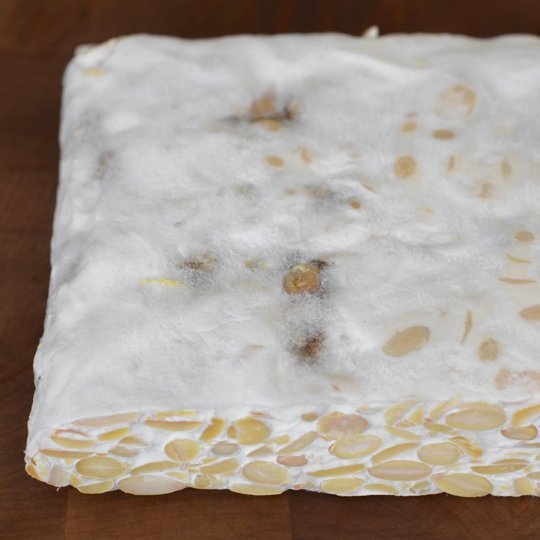
7. What is the quality Tempeh bean?
First, the Tempeh's surface is covered with smooth -fungi with a solid structure and white. In addition, among fermented soybeans filled with fungal fungi is durable and uniform, there are not many dark spots or gray on the bean surface. In terms of taste, the product must not smell of ammonia but smell the bread with the typical taste of soy. In particular, soy beans are not viscous and sour and tempeh cake is not crushed when sliced.


